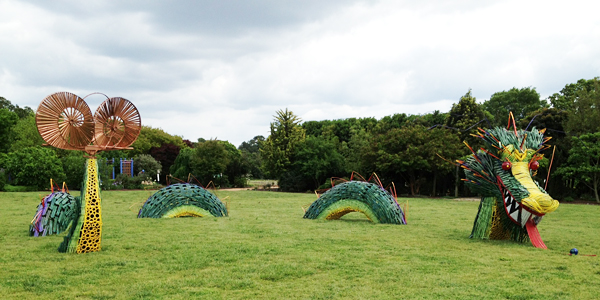This past April, I headed to Auburn University to give a rain gardening seminar, a brown bag lunch talk, a radio interview, and a workshop where we (participants, AU Horticulture faculty, and I) built a rain garden in the campus arboretum. This is the first of at least 2 gardens I am doing this year that will be made up entirely of native plant species. It’s unprecedented of me to design so purely in this plant palette, as I am fond of both natives and well-behaved, polite introduced species. “WHAT? You’re not a native plant purist?!?” you ask. Hardly. Far from it, in fact. Before you set me aflame on a post or hoist me on your shoulders in celebration, read on to understand where I stand.
“What, exactly, IS your definition of a native plant?” Excellent question, as the answer depends on with whom you’re speaking. I’ve known some people who felt that if a plant was native to the United States, that was good enough for them (never mind the fact that California USDA Hardiness Zone 7 is completely different than North Carolina Piedmont’s Zone 7…but don’t get me started). It is far better to at least set your definition of native to a region (southeastern U.S., for example). There are enough commonalities of different states in an area that some generalizations can be made.
Other gardeners feel that a plant that is native to a state is good enough. The problem with that logic is this: Here in North Carolina we have mountains, the Piedmont, the Sandhills, and the coast. A plant that grows naturally in the mountains may not fair well when grown in the Piedmont. And a plant that grows without care on the coast would be hard-pressed to do well in the mountains. There are too many variables that are different–soils, light, moisture, habitat, temperatures, for example–that make each region unique.
Well known plant gurus Dr. Allan Armitage and Dr. Michael Dirr both succinctly define a native plant as one that is “inherent or original to an area”. This goes even smaller than county lines. Here we’re talking such specific environmental conditions as: “North-facing wooded slope”and “stream bank with constant moisture”. Bigleaf Magnolia (Magnolia macrophylla) and Fraser Magnolia (M. fraseri) are two natives that have incredibly specific habitat requirements (shaded, woodland slope, constant moisture, humus-rich soil). Even though they are native, they are very tricky to keep happy. Authors Sally and Andy Wasowski state that native plants are best suited to an area because they have adapted to their conditions over thousands of years. That is all well and good, if environmental conditions are the same as they were thousands, heck–even 100–years ago. The problem is that the urban environment has changed.
The landscape that existed originally is, let’s face it, Gone (yes, gone with a capital “G”). Forest-covered rolling topography has been replaced by clear cut subdivisions that have been leveled, paved, and built up. Through this process of urbanizing the land, we have destroyed naturally occurring soil profiles, drastically reduced moisture availability and altered drainage patterns. In metropolitan areas, because of the amount of impervious surfaces (hardscapes such as roofs, roads, parking lots), temperatures are hotter and there is little available water or nutrients in the soil. There are particulate and gaseous pollutants in the air from our automobiles, construction practices, and industry, which some natives cannot tolerate.
Let’s look at the other side of this battle: Natives aren’t always tougher or the better choice for our built landscapes. The Flowering Dogwood (Cornus florida), for example, is extremely susceptible to Dogwood Anthracnose, caused by a widely-spreading fungus. So far, none of the introduced species of dogwoods are affected (Kousa Dogwood, anyone? It’s a magnificent substitute, AND it flowers later than C. florida). Some of our native plants can be downright invasive too! Just take a look at American Elderberry (Sambucus canadensis), and several of our sumacs (Rhus sp.). Their natural growing habit is to form thickets, or colonize, by sending out many runners and continually spreading. This is excellent when slope stabilization is necessary along highways or other large tracts of land, but it can be too much for a residential garden!
For native plant purists, you might be devastated to learn that cultivars of native plants are technically NOT native. Yes, they may share numerous genes with the straight species, but they are not naturally occurring, and have been cultivated by humans for those traits that we love. One graduate student in our program is studying performance of native plants vs. non-native plants in rain gardens. She’s selected a series of native plants and cultivars of those plants as her sample. While technically she is correct, I think the results will be lost on a great number of people who consider cultivars of natives to be native. In their eyes, she is studying all natives. If her intended message is non-natives work [insert “just as well/better than/worse than” here] natives, I think it will be lost. She would be better off comparing a native iris and an obvious non-native iris (such as the Japanese Iris). But that’s just my non-PhD opinion.
Introduced plant species aren’t all evil. Some are very well behaved (which makes me think that there is another parallel Universe–another southeastern U.S.– on the other side of the globe). We have a very similar climate to parts of Japan and China, so it makes sense that plants that do well there, would do well here for the most part. (Of course, this makes me think of that little USDA disaster we like to call Kudzu-gate, or Kudzu-ageddon). But regarding those plants that are well behaved, can you imagine the southeastern U.S. without Crape Myrtles or Indian Azaleas? I think not. They are staples of the south, yet they did not exist here originally. A big joke around here in the Piedmont is that in the spring, our Japanese Maples look better even than the ones in Japan. They are so incredible, we can’t possibly imagine that they would look better anywhere else! Sometimes cultivars of our natives (again, not true natives) are better behaved than the straight species. You might have an aggressively spreading native, but a cultivar of that species may not spread as much. So introduced doesn’t automatically mean ‘bad’–just choose those species wisely.
Probably the single best arguments FOR using natives are these:
1. Native plants support native insects which are the food for our larger wildlife. Ergo, native plants support native wildlife. Except for the bunnies in my yard that have determined that my most expensive plants are the tastiest ones, I love wildlife. Most people do too and want to keep it flourishing.
2. Native plants help to recreate/maintain a sense of place. Instead of lining streets with Bradford Pears (that rounded pyramidal tree with white flowers in the spring that smell like dirty socks) that planners love so much, a collection of native trees tolerant of urban street conditions would be a subtle visual cue as to what makes a region special. The North Carolina Piedmont should look and feel different than central Illinois or east Texas. Carefully selected native plants can help in this effort.
I believe in very careful plant selection, based on the site, a client’s wishes, and the function of a garden. This usually means using a combination of natives and introduced plants for optimal effect. It’s my job as a designer to explore options and to tackle projects from different angles, so to be a purist in any one plant palette seems to be a bit short-sighted in my opinion. Plus, I’m a plant fanatic so I like to keep my options open. Waaay open.
So the next time a fellow gardener wants to step into the ring to debate native vs. introduced species with you, weigh in on the facts and give them a run for their money. It’s not as important where you stand on this issue, but how your defend your position.
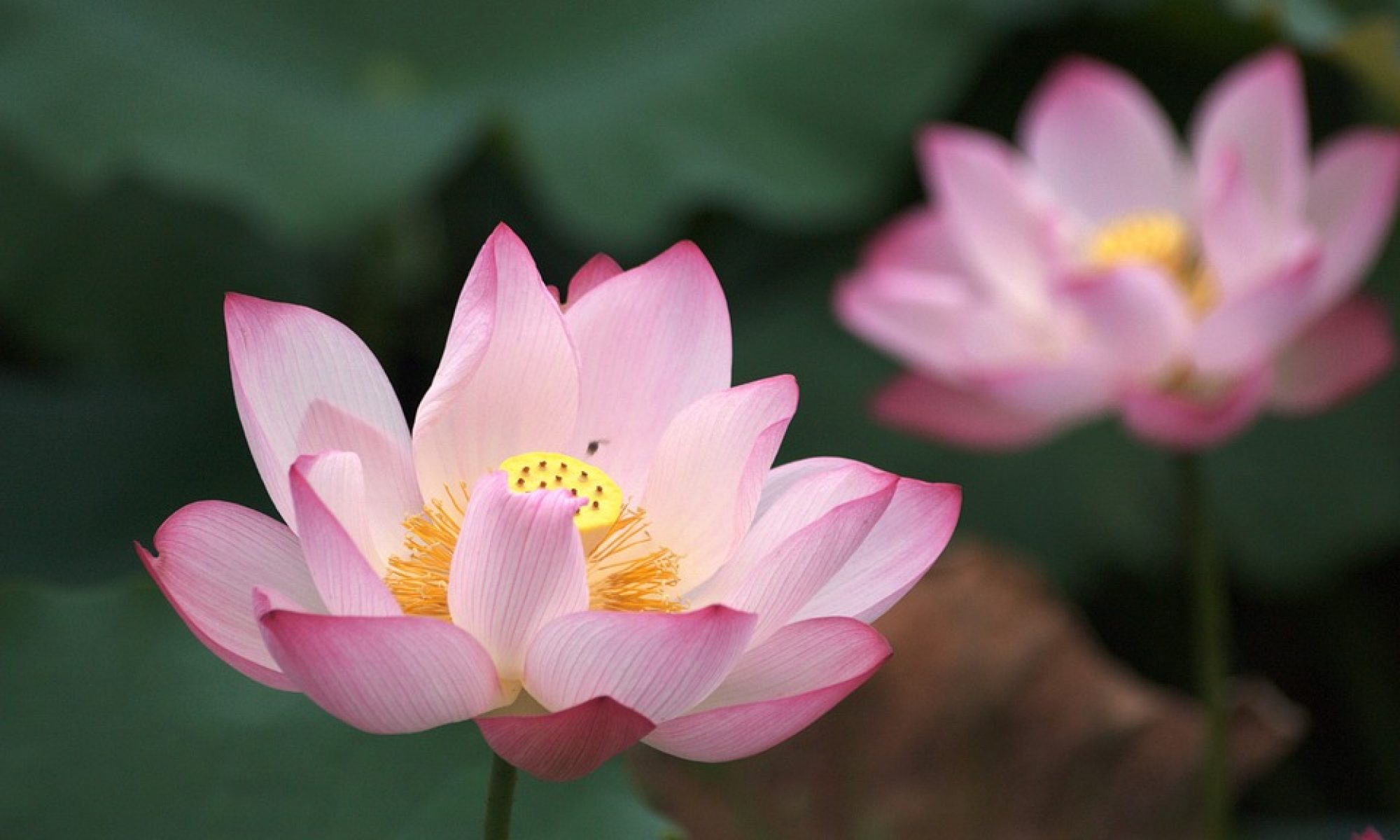
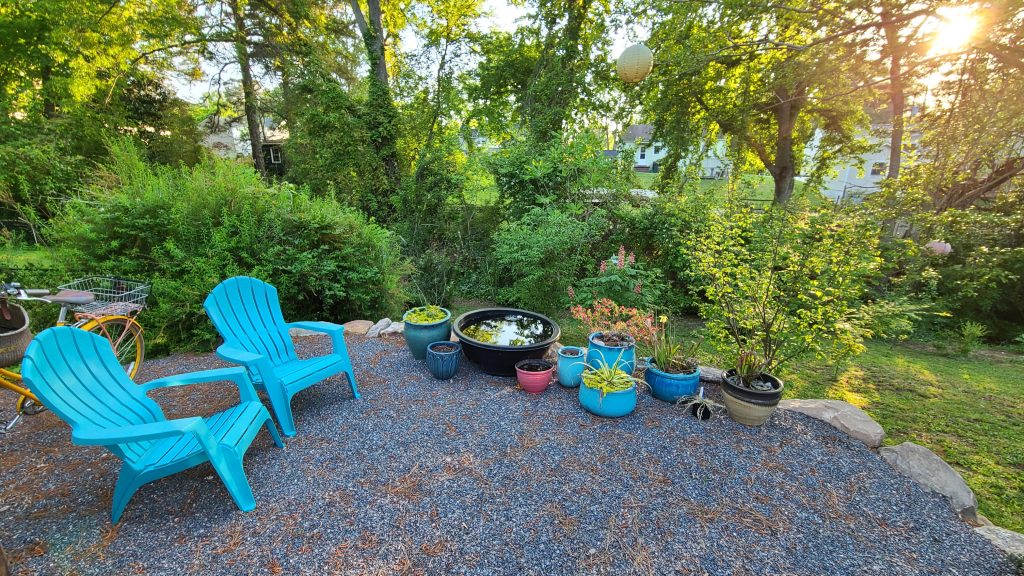
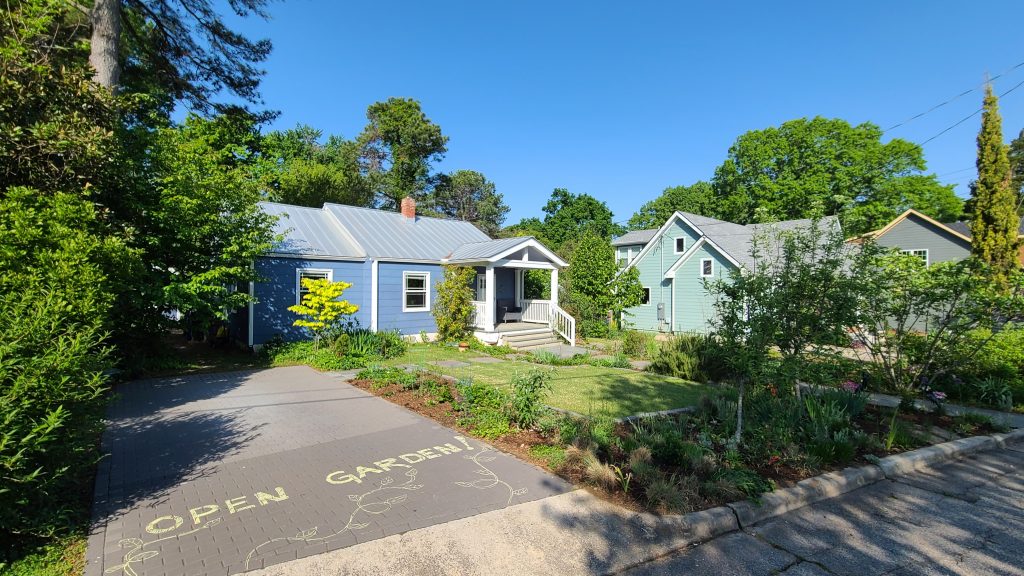
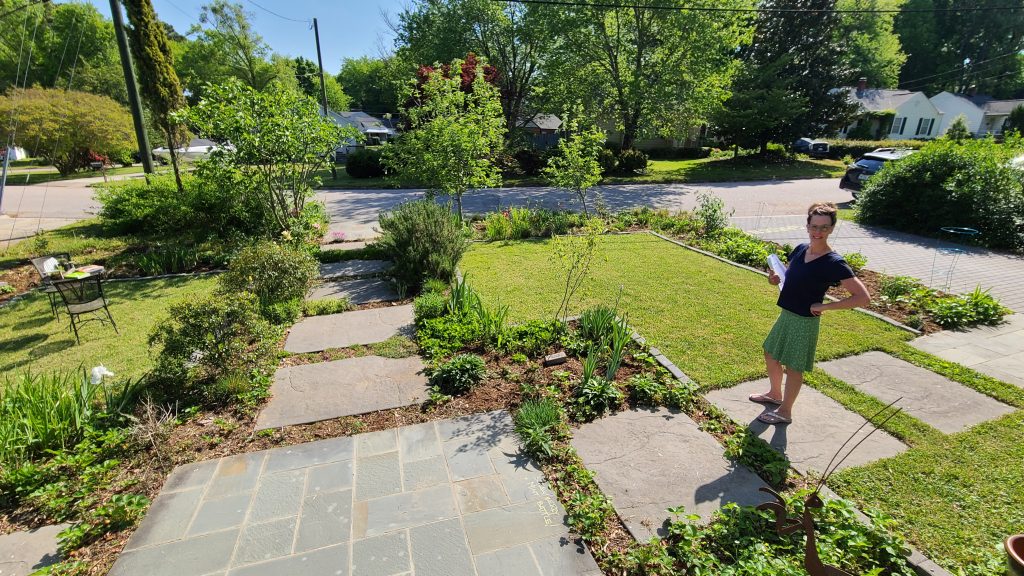
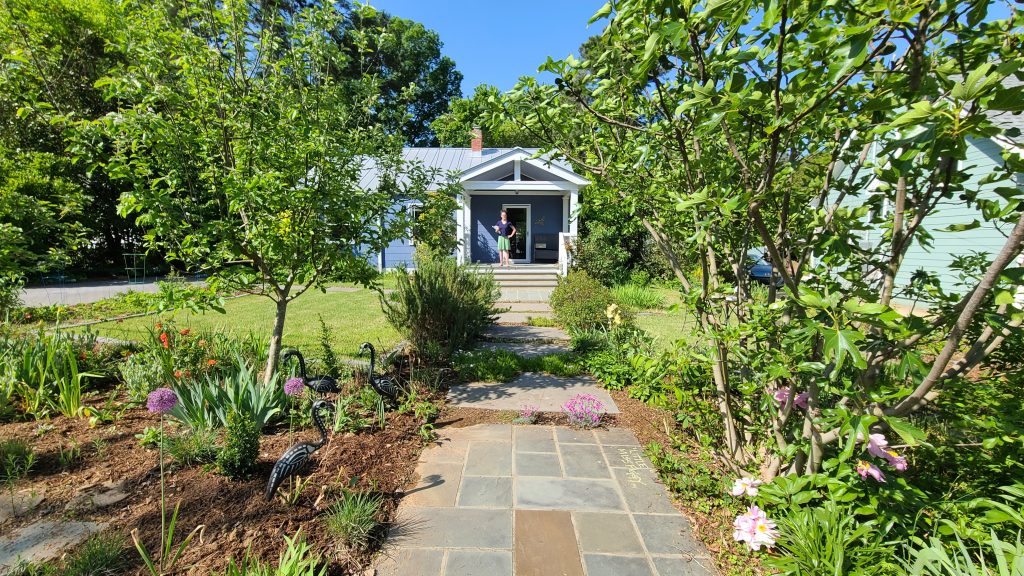
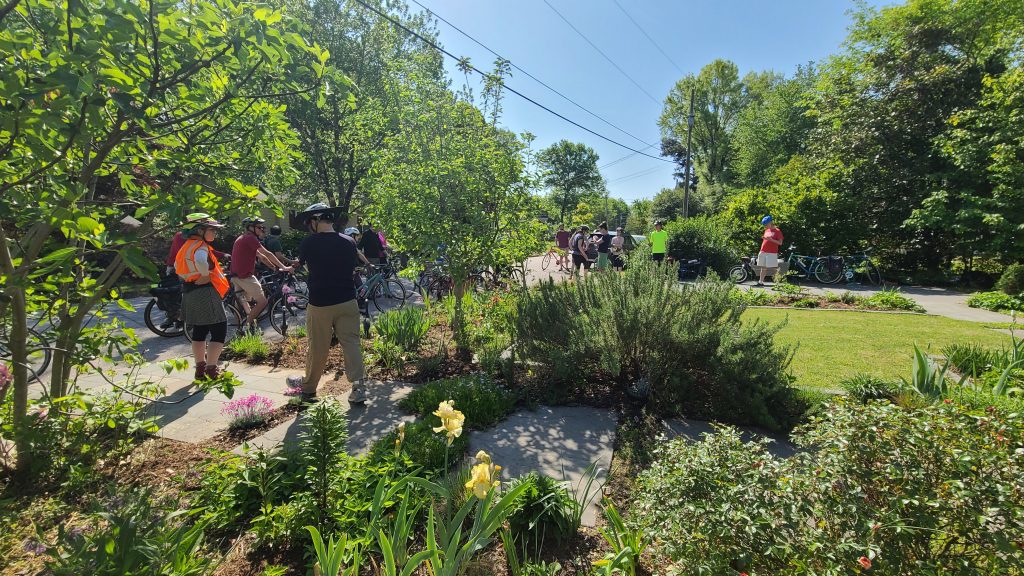
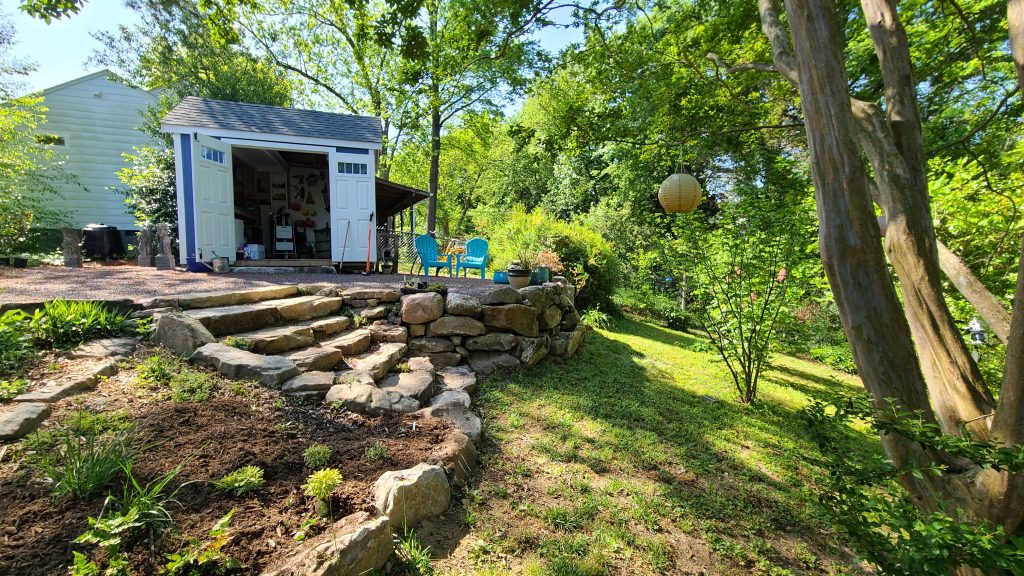
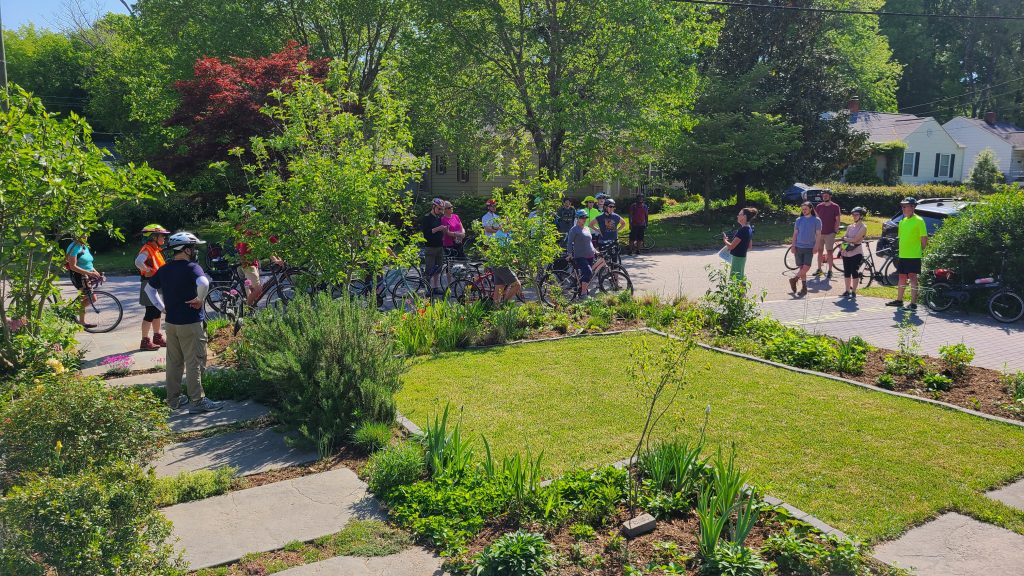
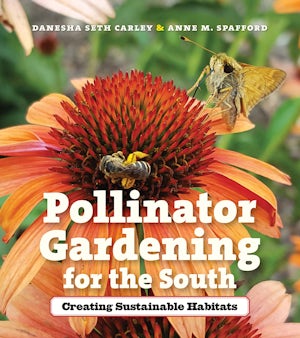
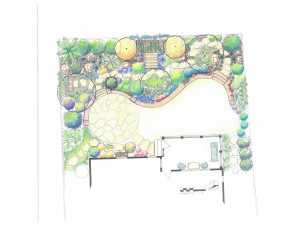
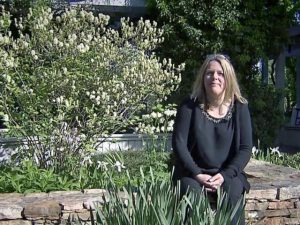

![Rain Gardening in the South by [Helen Kraus, Anne Spafford]](https://m.media-amazon.com/images/I/51viYUYOxRL._SX260_.jpg)
